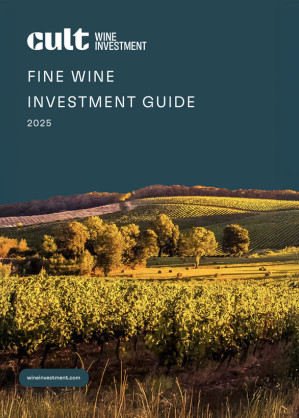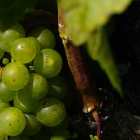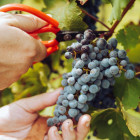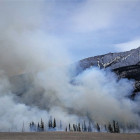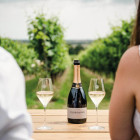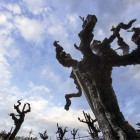There’s a great deal of exact science involved in winemaking, but when it comes to identifying the optimum time to pick grapes there’s no magical equation because there are so many individual factors to consider. Traditionally, some winemakers subscribed to the idea that grapes would be ready for picking 100 days after the onset of flowering, but these days a combination of new technology, evolving tastes and a changing climate means picking can begin at any time during the general harvest season window. Here’s how the pros know when it’s time to strike.
Colour
Red grapes will turn from green to yellow to red, while white grapes will appear almost translucent. While it could still take several more weeks for true ripeness to set in, this colour change shows that the berries are on their way to readiness. Winemakers will also note the colour of stems and seeds – when clusters are ripe these will turn brown.
Size
The grapes will be plump, smooth and fleshy, and the easier they are to pull from a cluster the riper they are. If they’re overripe, they will shrivel.
Flavour
It takes a long time to develop a palate for tasting grapes – after all, winemakers can only practice once a year. However, seasoned professionals will be able to determine optimal ripeness by the grape’s flavour. They’ll be looking for sweetness without any bitterness, and a good balance of sugar ripeness and phenolic ripeness, which refers to the optimal development of grape flavour compounds in the skins, seeds, stems.
Winemakers will also pay careful attention to acidity. Too much acid (a low pH level) can cause the resulting wine to be tart and astringent, but if the acid level is too low (and pH too high) the wine can be flabby and unstructured.
Grape seeds also provide a clue: they’re easily chewable when the grape is ripe.
Vineyard visitors
Winemakers will often have some idea that grapes are nearing readiness without even having to inspect them, as the increased presence of birds and other critters in the vineyard usually indicates that the fruit on offer is particularly ripe and tasty.
Technology
While the most experienced professionals rely on taste to guide them, many also rely on technology to help out. A portable refractometer, used to measure sugar levels, is a common bit of vineyard kit. Grape sugar is measured in degrees Brix, which is the ratio of sugar to solution in the sugar solution. The more grams of sucrose in 100 grams of solution, the higher the Brix. Sparkling wine grapes are typically harvested when Brix is between 18° and 20°, while grapes for still wines are typically harvested when Brix levels are between 19° and 25°.
Grapes will also be assessed in labs for pH and titratable (TA) levels. As grapes ripen, pH rises and acids drop, and both together give the winemaker an idea of the wine’s acidity. For pH levels, the target at harvest for a red wine is usually between 3.3 and 3.5. For a white or rose wine, 2.9 to 3.3 is more appropriate. For titratable acid, a good target for red wine is generally 6.5 to 7.5 grams per litre, while white wine and rose can fall between 6.5 and 9 grams per litre.
Weather
Winemakers will follow weather reports with fervour around harvest time. If long periods of rain or heatwaves threaten the quality of the grapes, vineyards might end up picking them before they reach their optimal ripeness rather than risk losing an entire crop.
Other factors
Once winemakers have taken into account all the above, there are still further considerations. For example, a ripe grape in one part of the vineyard doesn’t necessarily indicate ripe grapes across the whole of the vineyard – some rows of vines might ripen more quickly (or slowly) due to exposure to wind or sun.
The type of grape and style of wine also needs to be factored in. Some varieties take longer to reach optimal ripeness than others, while some styles have their own unique ripeness scale. For example, winemakers producing a sparkling wine in Champagne will prefer their grapes to be ever so slightly under ripe, while a Zinfandel from sun-soaked Spain often fares better if the grapes are a little overripe.
It’s clear then that there’s no magic formula guiding winemakers in their decision to begin picking. Instead it all comes down to chemistry, intuition and as the pros will tell you, lots and lots of experience.

